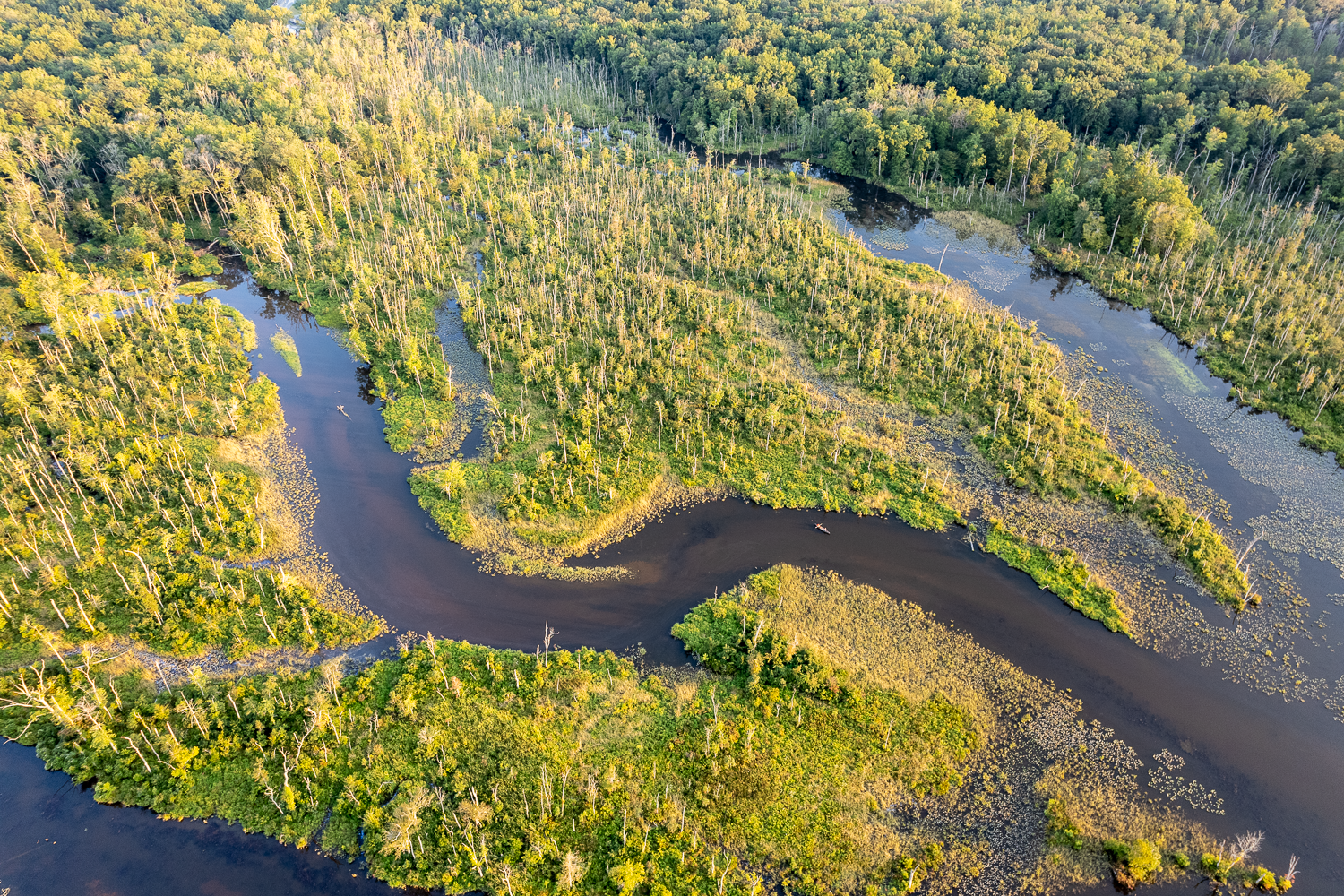
Mattawoman Creek, Maryland
The threat to ash trees is a threat to entire forest ecosystems.
Ash trees are vital to forest ecosystems throughout North America, from the wetlands of the Delmarva peninsula to the Appalachian mountains to the savannas of central Kentucky to the stream valleys of the West. But they are being devastated by the emerald ash borer, a small beetle that likely found its way to the U.S. on a container ship from Asia. This invasive insect, first documented in Michigan in 2002, has made its way into forests throughout the Midwest, the Mid-Atlantic and beyond.
Emerald ash borer larvae feed on the living tissues of ash trees, eventually killing them. Adult beetles bore out of the bark, creating easily identifiable D-shaped exit holes. Adults can fly up to six miles and are extremely adept at finding new trees to infest. Learn more about emerald ash borer here.
In Maryland, most ash trees west of the Chesapeake Bay have died. The ash borer is now making its way east through the wetland forests of the Eastern Shore. When ash trees in these forests die, the ecosystem transforms, affecting everything else living there. The above photo shows a devastated wetland forest near the Potomac River transforming into open marsh.
Pocomoke River State Park is Maryland’s last stronghold of ash wetland forest, with acres of beautiful pumpkin ash and baldcypress trees lining the river banks. The park has yet to record an emerald ash borer detection, but the beetle’s arrival is just a matter of time. As far as we can tell, little is being done to prepare for the coming threat.
The Upper Midwest is also under threat from the ash borer. The insect has recently reached wetland forests in Minnesota, Wisconsin and Michigan that are anchored by black ash, an ecologically vital tree that is critical to Native tribes, who use its wood for basket making. Tribes of upstate New York and New England also rely on black ash.
Emerald ash borer was recently found on the West Coast, opening a new front in this long-running battle.
Adult emerald ash borers at the Gruner Lab, University of Maryland
“Gallery” created by an emerald ash borer larva, Tuckahoe Creek wetland
Emerald ash borer larva, University of Maryland campus
Ash tree killed by emerald ash borer, Tuckahoe Creek wetland
House overlooking a dead ash grove, Mattawoman Creek
An infected ash grove stands in stark contrast to healthy trees, Tuckahoe Creek





